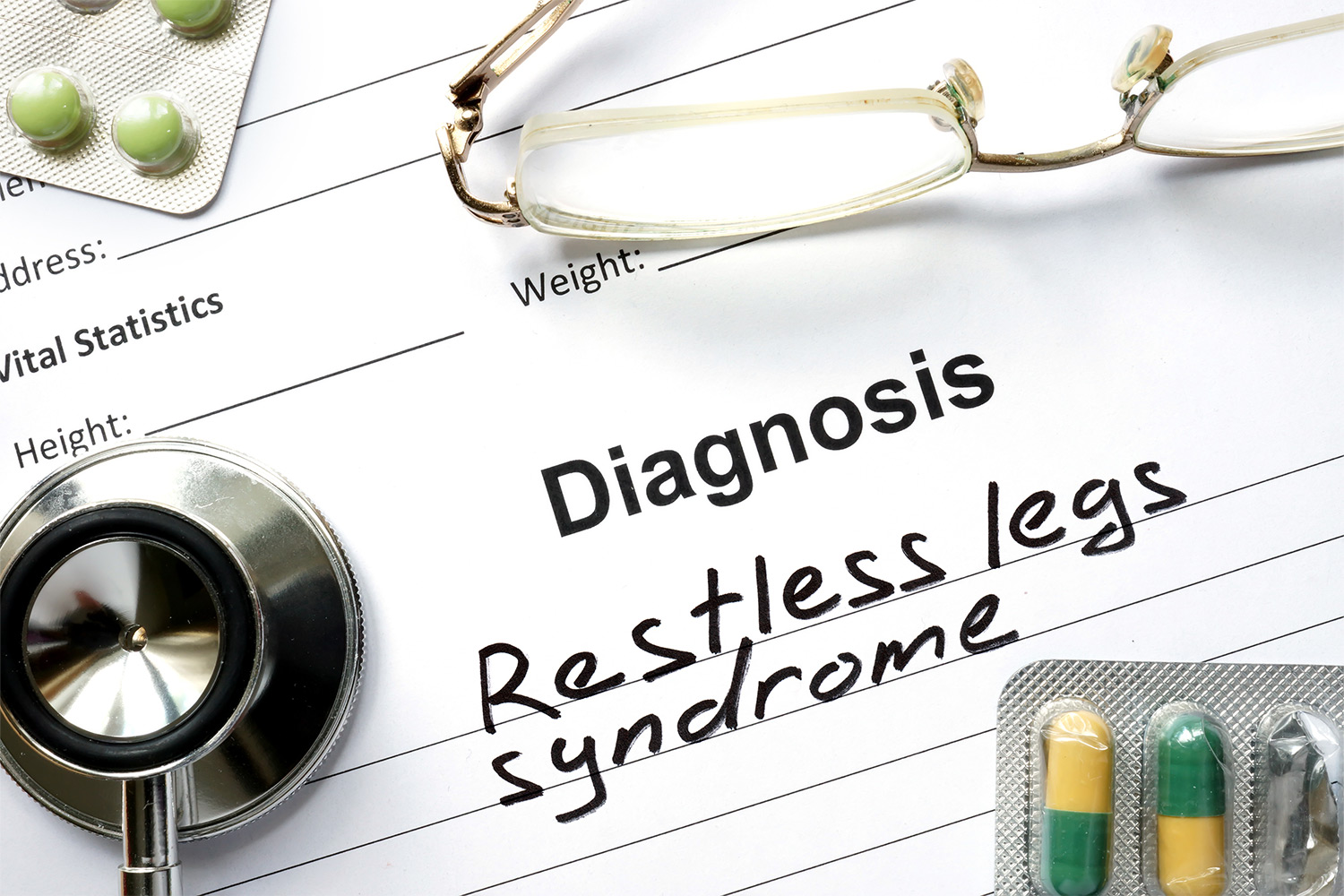
About 1 in 10 adults is affected by restless leg syndrome: a neurological and lifelong condition characterized by an uncontrollable and uncomfortable urge to move one’s legs, usually ceaselessly. For Veterans and other Americans, restless leg syndrome can lead to:
Unfortunately, many Veterans have difficulty receiving a VA rating for their service-connected restless leg syndrome, even if they require medical treatment to compensate for the condition. Today, let’s explore restless leg syndrome’s VA rating in detail and break down what you need to know when applying for VA benefits for this condition.
Restless leg syndrome or RLS is a serious neurological condition that can affect movement, your ability to sleep, and other aspects of your everyday life. In a nutshell, RLS is characterized by an uncontrollable and often unpleasant urge to move your legs, most of the time repeatedly or constantly.
The exact sensations can vary from patient to patient, but those with RLS often describe the feeling as pulling, creeping, or throbbing. RLS can range from mildly irritating or uncomfortable to outright painful.
Unfortunately, RLS cannot be cured at this time. However, it can be treated through physical therapy and certain medical assistance. For Veterans with RLS, receiving an accurate VA rating for their restless leg syndrome is vital to ensure they receive the medical treatment they deserve and pay for it without hurting their finances.
A wide range of factors cause RLS, including:
Additionally, some Veterans experience restless leg syndrome because of PTSD or post-traumatic stress disorder. Some Veterans experience PTSD in the aftermath of a traumatic event such as losing a loved one, war, and combat, or other military-related events.
The symptoms of PTSD can vary just as much as the severity of restless leg syndrome. Certain Veterans may develop RLS as a result of their PTSD. It may or may not be connected to direct nerve damage. But regardless, it is a valid medical condition and may be covered by VA disability benefits.
Unfortunately, the wide range of symptoms can make it hard to get a rating for RLS, even if the symptoms are severe.
Like all other medical conditions or disabilities, Veterans must file a specific claim for RLS VA disability benefits. To do this, they will need:
To file a claim for VA disability benefits for restless leg syndrome, Veterans can use VA Form 21-526EZ.
Under the VA Disability codes, restless leg syndrome is rated under Diagnostic Code 8620. This is used to rate injuries and disabilities similar to neuritis. Like many other disabilities, RLS VA ratings can range from mild to severe with the following severity percentages:
Although RLS VA ratings are determined similarly to all other disabilities or injuries analyzed through the VA office, restless leg syndrome is particularly complicated. There’s no single or definitive medical test for the condition.
A licensed physician in good standing must examine a Veteran applying for VA benefits aid for their restless leg syndrome to see how their symptoms match up and how they affect day-to-day life. Typically, restless leg syndrome is considered “severe” if it seriously limits one’s ability to function. This can include muscle atrophy, loss of reflexes, or uncontrollable kicking motions.
Regarding VA disability benefits, secondary service connections may be granted if a condition is aggravated by or arises because of another condition already connected to a Veteran’s service. A Veteran with restless leg syndrome might be awarded secondary service connection benefits for their RLS if a service-connected condition worsened the former.
For example, a Veteran with service-connected sleep apnea may be awarded secondary service connection for their RLS if the sleep apnea negatively affects or worsens their RLS condition.
Filing and receiving a successful claim for secondary service connection benefits can be tricky. Legal experts like Berry Law can help Veterans navigate the complexities of this setup and receive maximum benefits for their service-connected conditions.
Additionally, TDIU or Total Disability Based on Individual Unemployability is sometimes available to Veterans with RLS.
Veterans who may qualify for TDIU benefits include:
Depending on the benefits you receive and the exact symptoms of your restless leg syndrome, you may qualify for several different treatments. Once more, RLS is a lifelong condition, and there isn’t a direct cure. But certain medical treatments may alleviate symptoms and even help Veterans recover their mobility or allow them able to enjoy a full night of sleep.
Treatments for RLS include:
Although the VA benefits system is ostensibly designed to serve America’s Veterans, it’s often challenging to navigate the legal and paperwork requirements necessary to receive the benefits you deserve to treat your service-connected condition. It can be especially tough to get an accurate rating for your RLS, given the condition’s varying symptoms.
That’s where we come in. Berry Law Veterans Law Attorneys is a specialized law firm dedicated to serving Veterans nationwide. We’ve been nationally recognized for our assistance to Veterans attempting to get coverage for their disabilities over many years.
Whether you need to increase your disability rating, need help navigating the VA benefits appeals process, or want to overturn a denied claim, we can help. Contact us today for a free consultation and more information.
Sources:
Restless Legs Syndrome – Symptoms and Causes | Sleep Foundation
Restless Legs Syndrome Fact Sheet | National Institute of Neurological Disorders and Stroke
Diagnostic Codes | VA.gov
Our monthly newsletter features about important and up-to-date veterans' law news, keeping you informed about the changes that matter.